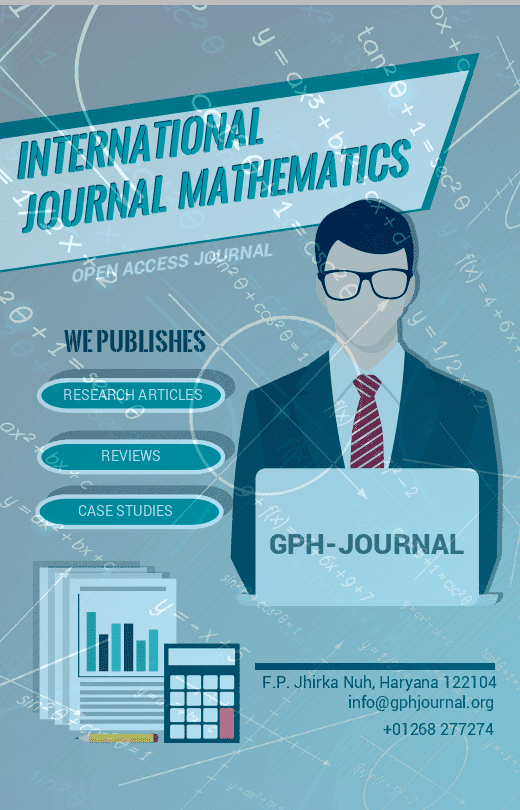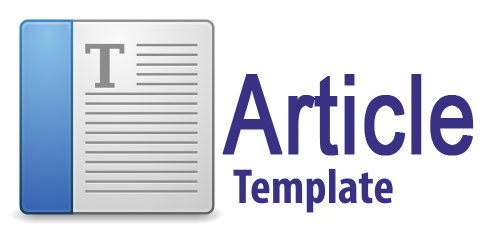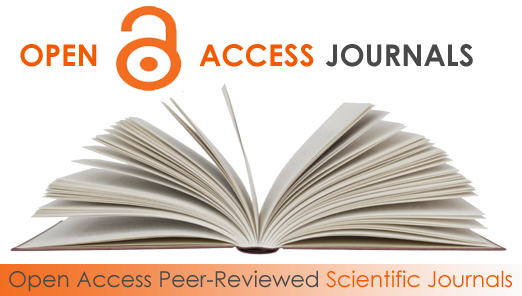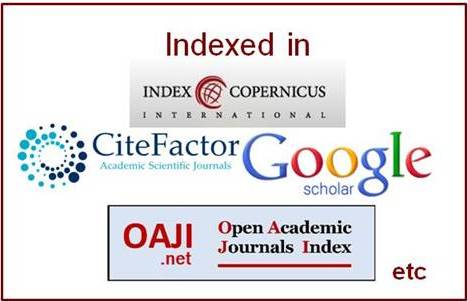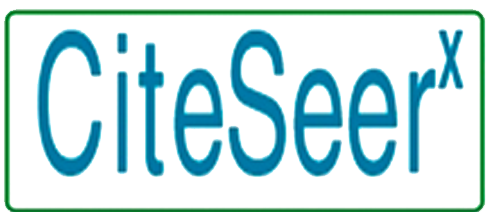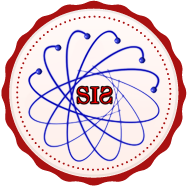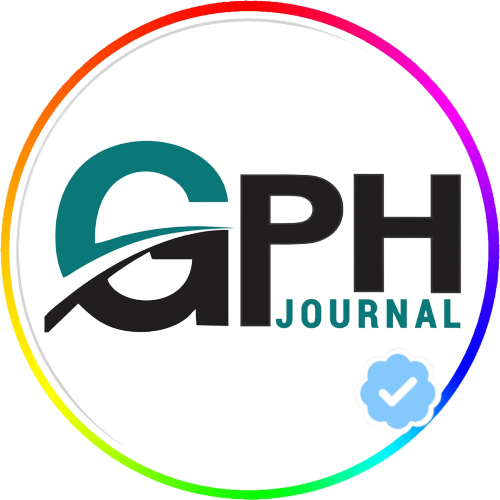Applications of Mathematics to Biology
Abstract
Mathematics is positioned to play a major role in this effort, helping to discover the secrets of life by working collaboratively with bench biologists, chemists and physicists. The critical need, which has already begun, is the development of a quantitative body of theory for biology. This development of theory is expected to have the same impact on biology as it did on the sciences of physics, chemistry and engineering in the 20th century. This quantitative body of theory will be created by people with strong backgrounds in both biology and in the mathematical sciences. Because of its outstanding record of interdisciplinary research and training, the IMA is an ideal venue for this annual program at the interface between the mathematical sciences and biology .One application of mathematical models is in analyzing the workings of the mammalian circadian clock. About 20,000 synchronized neurons in the suprachiasmatic nucleus (SCN) control daily rhythms of physiology, metabolism and behavior
Downloads
References
Batzel, Jerry Joseph, et al. “Bridging Different Perspectives of the Physiological and Mathematical Disciplines.” Advances in Physiology Education, 1 Dec. 2012, journals.physiology.org/doi/full/10.1152/advan.00074.2012.
Castro, Mario et al. “Mathematics in modern immunology.” Interface focus vol. 6,2 (2016): 20150093. doi:10.1098/rsfs.2015.0093
Nijhout, H Frederik et al. “Using mathematical models to understand metabolism, genes, and disease.” BMC biology vol. 13 79. 23 Sep. 2015, doi:10.1186/s12915-015-0189-2
“Population Biology.” Population Biology, glencoe.mheducation.com/sites/dl/free/0078757134/383928/BL_04.html.
Rennie, John, and Quanta Magazine. “Mathematics Shows How to Ensure Evolution.” Quanta Magazine, www.quantamagazine.org/mathematics-shows-how-to-ensure-evolution-20180626/.
Welsh, David K et al. “Suprachiasmatic nucleus: cell autonomy and network properties.” Annual review of physiology vol. 72 (2010): 551-77. doi:10.1146/annurev-physiol-021909-135919
Copyright (c) 2021 GPH - International Journal of Mathematics

This work is licensed under a Creative Commons Attribution-NonCommercial-NoDerivatives 4.0 International License.
The authors and co-authors warrant that the article is their original work, does not infringe any copyright, and has not been published elsewhere. By submitting the article to GPH - International Journal of Mathematics, the authors agree that the journal has the right to retract or remove the article in case of proven ethical misconduct.
